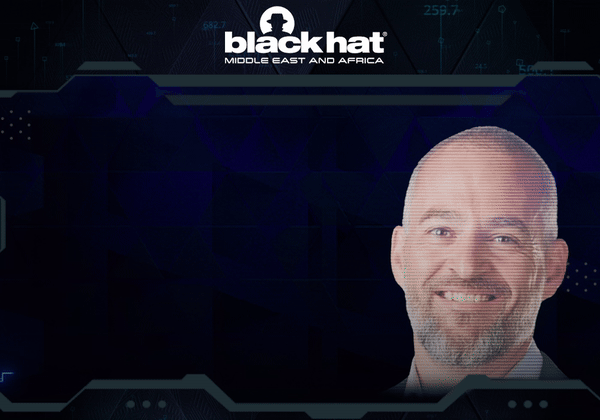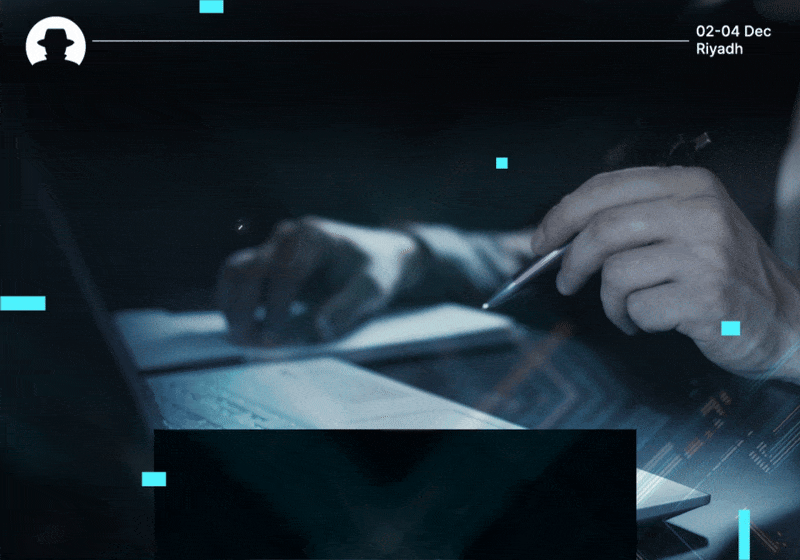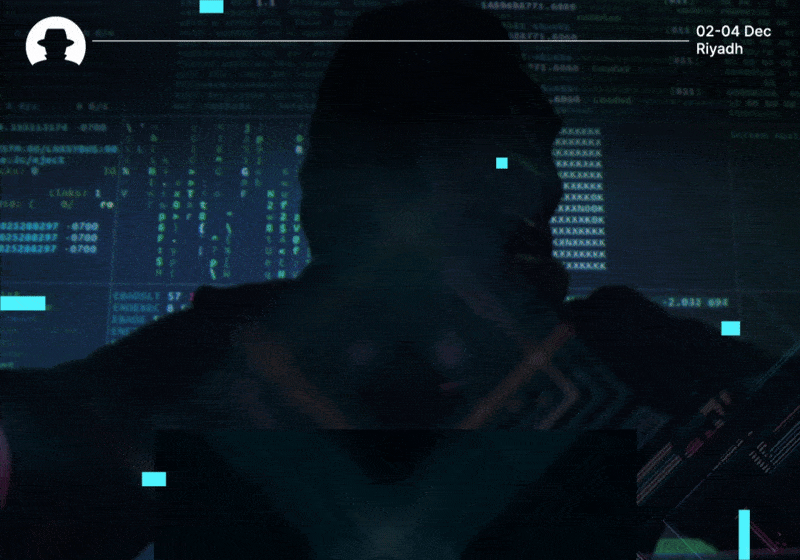
New research proves we have to focus on human behaviour
Data on cybercriminal strategy and VEC attack response shows that human behaviour is cybersecurity’s greatest challenge.
Read More
Welcome to the new 89 cyber warriors who joined us last week. Each week, we'll be sharing insights from the Black Hat MEA community. Read exclusive interviews with industry experts and key findings from the #BHMEA stages.
Keep up with our weekly newsletters on LinkedIn — subscribe here.
Discover weekly insights, inspiration and interviews from the global Black Hat MEA community.
Why cybersecurity awareness initiatives shouldn’t just support safe practices at work. They should help employees understand security in a holistic manner – to establish safe practices everywhere.
We interviewed Stephen Bennett (Global CISO at Domino’s), and he said:
“Our aim is to make the information as relatable as it can be, drawing parallels between safe practices at home and at work since good habits seamlessly transition between the two.”
He was talking about supporting his organisation’s very high number of employees in establishing and maintaining good security practices. And this is an important point that’s not often made:
Someone who understands cybersecurity risks, and the management strategies to mitigate them, will practise those strategies everywhere – not just at work.
Because you can frame it in a way they can connect with easily. You can teach them how to protect the security of things they truly care about (their home, their family, their personal identity) – and then translate that understanding into the protection of data assets at work.
We know we talk about storytelling a lot. But that’s because we know how powerful it is. And when you’re able to put your team members right at the heart of your security awareness story – so they’re the main character – you’re so much more likely to get them engaged and motivated to play their part in protecting your organisation’s security.
As Bennett said, good habits seamlessly transition between home and work. So supporting the development of good habits at home can make a security mindset second nature to your employees. They won’t have to try too hard to adopt best practices – because those best practices will be part of their daily life.
Good habits at home might look like…
All really simple habits – we know, and we know you know. And yet if every single person in an organisation practises security measures like this on auto-pilot, the organisation is far more secure as a result.

The answer is not to encourage, but to empower instead. And that starts with knowing what they’re protecting and why they’re protecting it; and then understanding how each simple habit works to establish and maintain that protection.
Do this through the power of story. The employee is the main character, and the data they care about most (the data that could have the biggest impact on their lives) is under threat. But as the main character, they have the potential to change that – by adopting excellent security hygiene and consistent best practices.
Read our interview with Stephen Bennett: 7 Pizzas per second
Do you have an idea for a topic you'd like us to cover? We're eager to hear it! Drop us a message and share your thoughts. Our next newsletter is scheduled for 22 May 2024.
Catch you next week,
Steve Durning
Exhibition Director
Join us at Black Hat MEA 2024 to grow your network, expand your knowledge, and build your business.
Join the newsletter to receive the latest updates in your inbox.

Data on cybercriminal strategy and VEC attack response shows that human behaviour is cybersecurity’s greatest challenge.
Read More
Why pivoting your cybersecurity career is good for professional growth and industry resilience.
Read More
Get the lowdown on five of the most damaging cyberattacks so far in 2025.
Read More